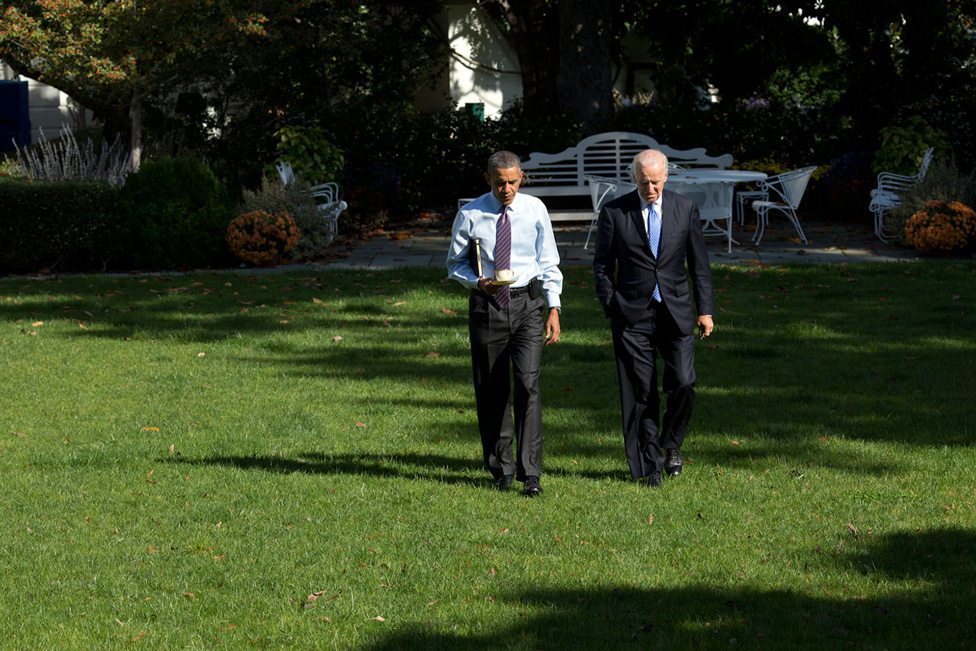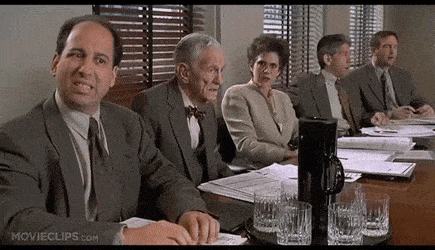Let’s begin with a small story about a manager named Barry. His team looks up to him for advice, guidance and instructions.
He has continuously been conducting one-on-one meetings to help his direct reports.
However, he notices that meetings in the same place becomes monotonous.
This story could also be about you.
As a manager, it is your responsibility to communicate with your team on an individual level and help everyone achieve a common goal.
One-on-ones have emerged as a useful tool to help you bond with your team.
Yet, choosing an ideal place for a one-on-one is difficult for some managers.
From scheduling to finding an ideal location for one-on-ones, a manager has to deal with many intricacies.
As a result, they tend to overlook the importance of a conducive place for the meeting.
Don’t worry, we are here to help you out.
The truth is that there’s no fixed formula for a successful one-on-one.
You could conduct one in your boardroom, or have a conversation while walking down your office’s alley.
Every place is apt and valid as long as it serves the purpose.
This is the free-form meeting for all the pressing issues, brilliant ideas, and chronic frustrations that do not fit neatly into status reports, email, and other less personal and intimate mechanisms.
– Ben Horowitz, Technology Entrepreneur and Co-Founder Andreessen Horowitz
1-on-1s are an interesting cusp of official discussion with a personal approach. They help reveal the person behind job titles and responsibilities. Needless to say, they are very different from your regular meetings.
As one-on-ones are an opportunity to dive deeper into your direct-reports psyche, they deserve to be held at a place different than your regular meetings.
A change of place helps in breaking monotony and barriers of formal relationship.
Thus, we suggest a new meeting place for one-on-ones every now and then.
Microsoft has built tree house meeting spaces to let its employees communicate in the open air and relaxed atmosphere.
Similarly, most bigwigs have realized the importance of a “chilled-out” atmosphere to stimulate better conversations.
Yet, there are some apprehensions and myths regarding this approach. Let’s discuss them before we discuss more about the ideal location for your next one-on-one.
Common myths around One on One meeting locations
Myth #1: Meetings should strictly be held in office

Reality: In 2013, Hilton worldwide conducted a survey about holding meetings outside the office. Nearly 2/3rd of the respondents said that they preferred off-site meetings.
Meetings held away from the office give the direct reports a chance to relax and put down their guards. They can share their thoughts with clarity and become more open to advise.
Myth #2: Walking hampers a meeting’s productivity

Reality: Did you know that Steve Jobs preferred the “walking-meeting“, especially if he was meeting somebody for the first time? Similarly, Mark Zuckerberg is a big fan of such meetings too.
These power figures are not alone in their belief. Studies suggest that “walking meetings” can boost up creativity in participating individuals. In fact, they lead to a more honest and productive discussion.
Myth #3: Meetings should be strictly professional

Reality: A one-on-one meeting aims at understanding the direct reports and building a connection with them.
Understanding their psyche enables you to motivate them to maximize their potential & achieve the common goal.
An organization like Adobe relies on real-time feedback to boost their employees’ productivity.
Similarly, a report by PWC suggests that an engaged employee is always a better employee.
The only way to achieve this is by increasing personal and friendly interactions.
As we said earlier, you cannot have a set structure for something as nuanced as a one-on-one.
Every team comprises unique set of individuals – one of your direct reports may like to sit in a cubicle for the talk; another one may prefer to discuss over a cup of coffee in the cafeteria.
Your responsibility is to understand every member of your team.
You have to take a call on what’s best for them.
A one-on-one can help you establish a better rapport with every single team member.
All you need to do is ask the right questions (and hold your meetings effectively).
We suggest you make an informed decision based on what your team prefers.
To help you out, we have listed a few ideas on where you can conduct a successful one-on-one meeting.
Build and track your one-on-one culture and make sure that every one-on-one is actionable and meaningful.
Try One-on-Ones tool for Free
Where should you meet for one on one meetings?
1 Meeting around nature

What comes to your mind when we talk about meetings?
A cubicle, a conference hall or at best, your office’s cafeteria. But, have you ever tried sitting under a tree and conducting a meeting?
Nature has a calming effect on the mind.
Why else would couples prefer to meet in the park for their dates? Also, it is easier to have difficult conversations in a park instead of a formal setup.
Most organizations have been setting up open spaces like terraces and parks to encourage more physical activity and exposure to outdoors.
In fact, walking meetings have become the norm in all bigwig companies around the world.
Recalling an experience Steve Tobak, a leading Silicon Valley consultant, says his relationship with a difficult manager changed overnight after they took their meeting outdoors.
Somehow, when we were outside under the blue sky, getting a little exercise, he lightened up. We got along great after that.
Outdoor meetings are ideal for your first one-on-one with a new direct report. They are less intimidating and can help you break the ice with them.
In an outdoor meeting, your direct report is not under your direct gaze.
This informal setting helps them in sharing their thoughts with better clarity.
1:1 aims to forge a unique bond between you and your direct report. To encourage this, you need them to open up to you.
When you take a walk, you help shift their focus on other activities and help them relax. As a matter of fact, it is equivalent to a therapist’s couch.

2Meeting at the coffee shop

Coffee shops are synonyms with conversations and new beginnings. They are now a big part of formal structure too.
From first interviews to remote work, coffee shops have emerged as an alternative for a conducive space for productivity.
Today, the workforce comprises millennials who do not equate formal structures with productivity. Interestingly, you can always find millennials typing away on their laptop in a coffee shop.
After a point of time, one-on-ones become routine and repetitive.
Thus, it becomes essential to change the premise to bring in a fresh perspective.
A meeting in a coffee shop or a restaurant will make your direct reports look forward to the event.
Food has always been a binding force in all cultures. A discussion over a plate of great snacks or a cup of coffee is more relaxed and free-flowing.
You can encourage your direct reports to be friendly and learn more about their thoughts.

3Meeting at the office

Didn’t see that coming, right? Yes, sometime you need to go back to the basics to find coherence.
There’s nothing like the familiar comfort of your cubicle and surroundings!
Your office is an ideal place to discuss topics like performance appraisal and yearly goals.
You can concentrate on your direct report without any external discussion and focus all your efforts on the task.
Moreover, you will find resources like conference rooms, projectors, and computer systems at your disposal.
Some 1-on-1s require you to discuss more business; an office would be an ideal meeting place for them.

Wrapping Up:
One-one-ones allow you to lay a foundation for a long-term relationship with your direct reports.
Your surroundings and the ambiance play a significant role in facilitating them and channel the conversation.
Like we said earlier, there’s no right or wrong when it comes to finding an ideal place to hold a meeting.
Every person is different and has their own comfort zone.
As a manager, you need to gauge what works for each direct report in your team.
However, we could leave with a crucial parting thought.
Sometimes it is great to walk down your direct-reports’ path to understand their perspective.
While sometimes it is better to sit down for a sincere talk.
To know when to do what, have a look at our blog again.








